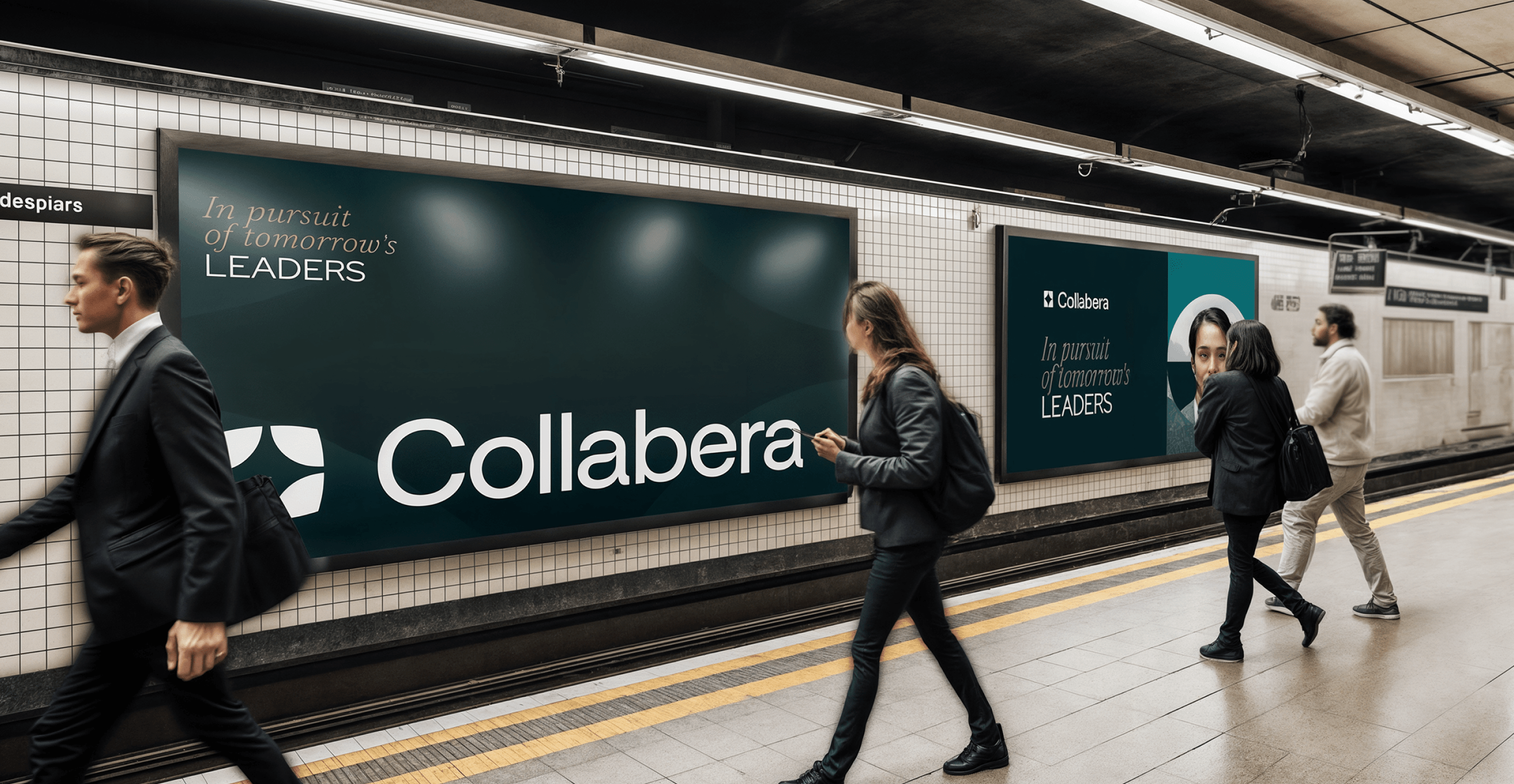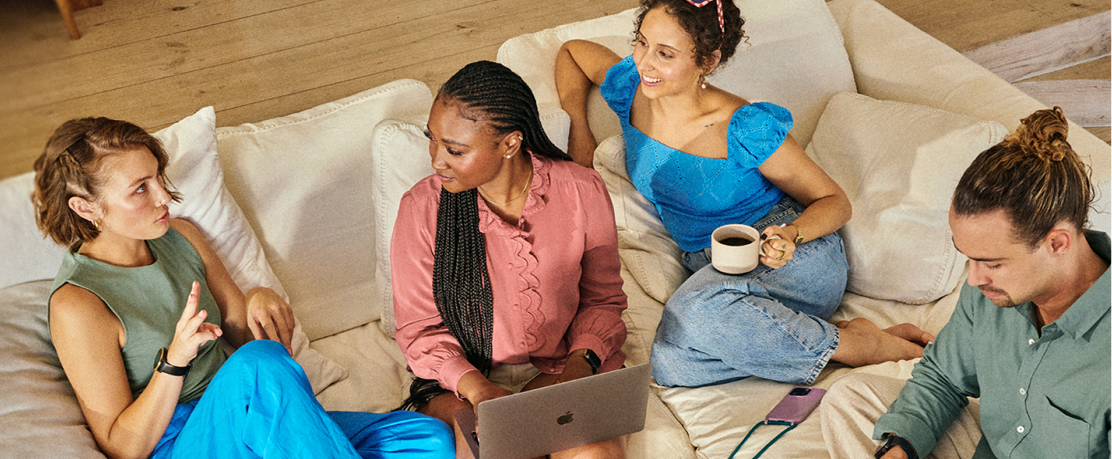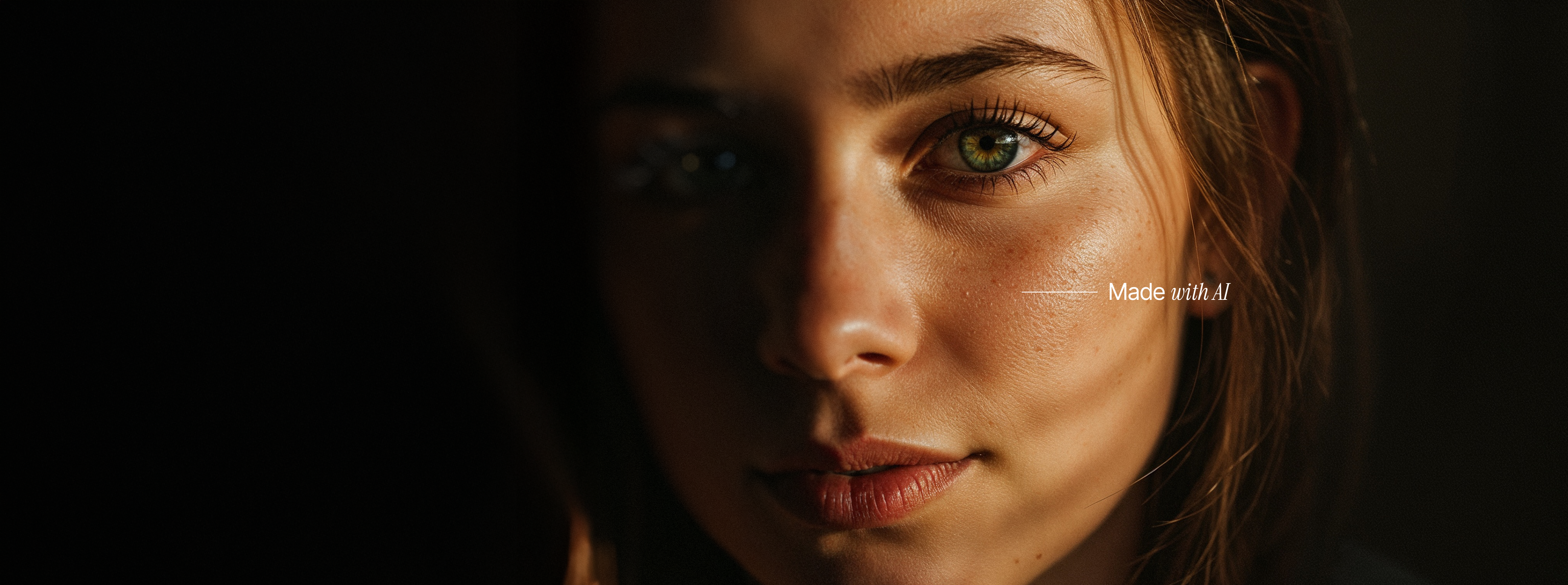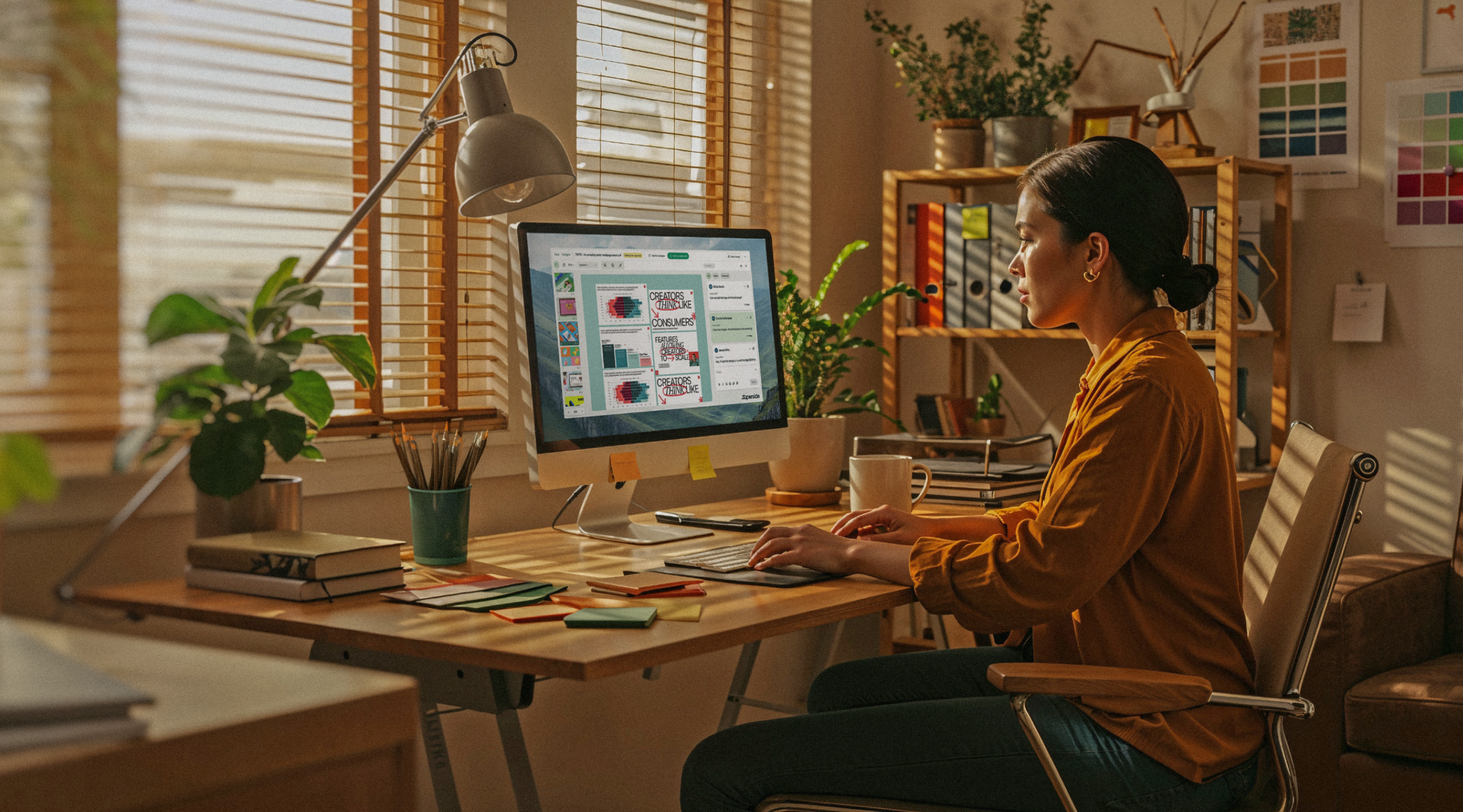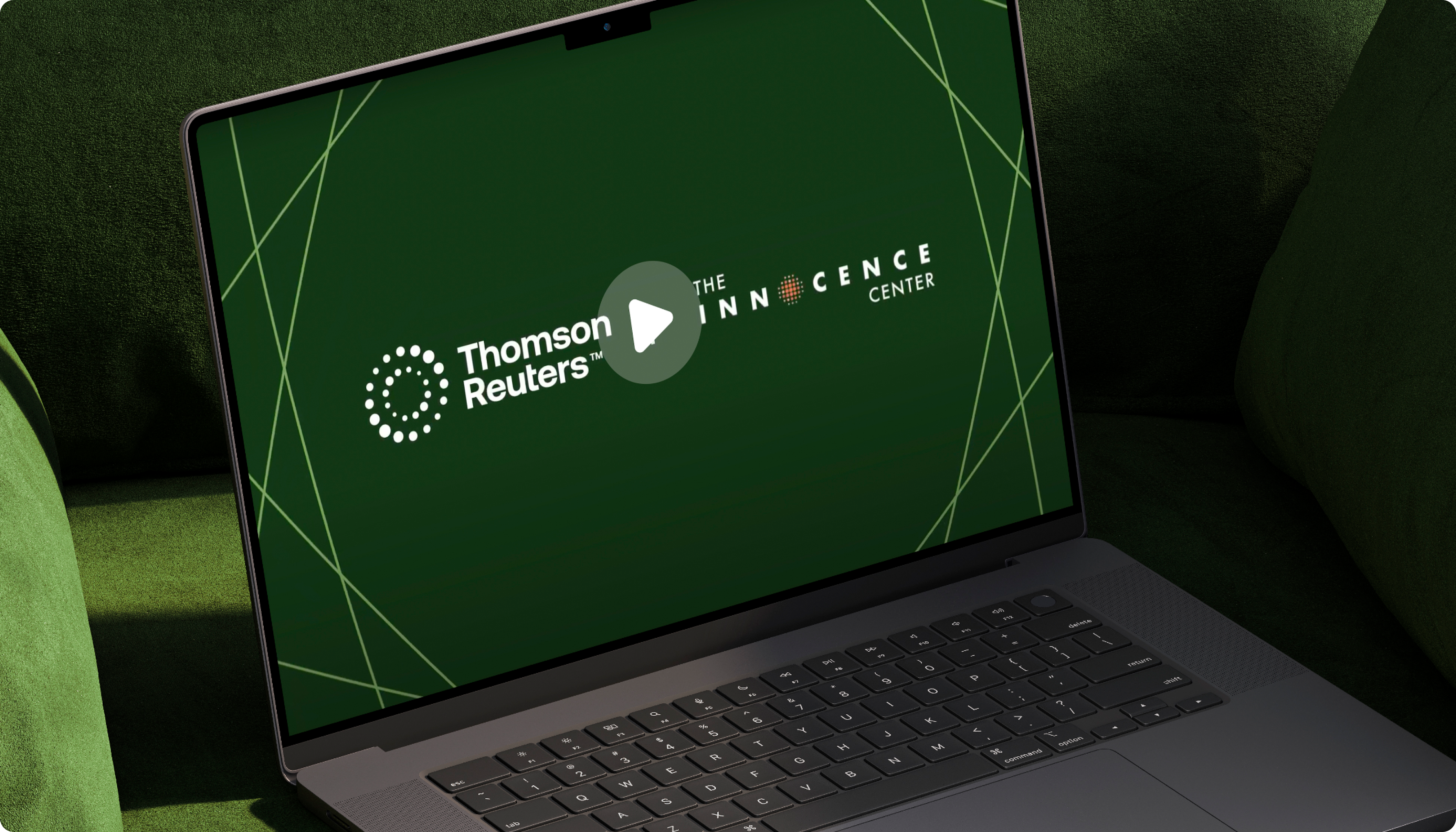Trends in Location Branding & Places that Do it Best
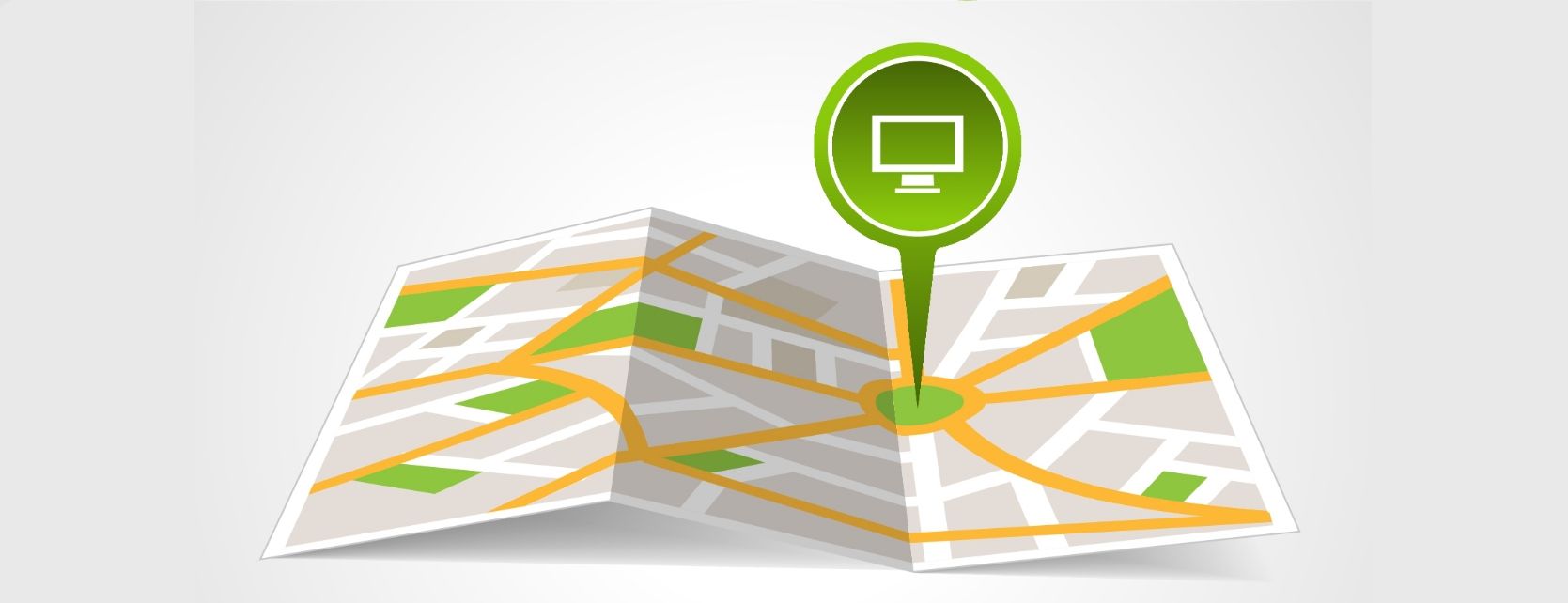
Between Apple commercials and Coca Cola billboards, we now see campaigns about ‘Incredible India.’ We open our browsers and see ads promoting Frankfurt as the best place to start a business in Europe. We hear that Denmark and Sweden are the top countries to start a family. Cities and countries are competing to offer us the best communities, sights, quality of life, and business perspectives. It's their compelling and distinctive identities that have transformed them from a location into a destination and has become the foundation of their place branding strategies.
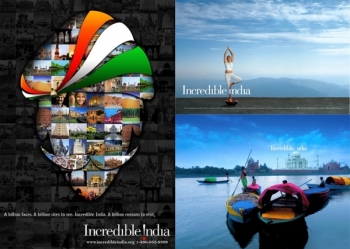
What is Place Branding
Human mobility is at an all-time high, the travel industry is being disrupted, and the economy is pivoting. We live in a highly competitive environment, and many cities have recognized the need for developing an image that will stick in people’s minds. As a result, place branding was born in the early 2000s. Place branding digs deep into a place’s uniqueness, aspirations, and values; it creates a compelling identity that will have an impact in various relevant markets. Place branding brings together a place's offerings, the experience of visiting it, and the locals' perception of it under the same umbrella, creating an identity and a tangible sense of place.
The Process of Place Branding
Place branding is a long-term, strategic process. A well-executed strategy requires articulating the distinct traits of that location and its unique character. If we think of the staggering number of failed branding campaigns (86% according to Forbes), we realize a successful approach involves a lot of thought and consideration.
The process of location branding includes five main steps:
- Setting a clear objective, as the goals can be diverse, from reviving the city and enticing tourists to boosting the economy by attracting major investments.
- Identifying the place’s main strengths and weaknesses in order to construct a relevant and accurate identity.
- Knowing and understanding your audience is essential. You can’t create a branding strategy that will be appealing to every person out there. You need to streamline the different groups you want to target, prioritize them, and focus on figuring them out.
- Small cities, big cities, countries, and neighborhoods – they’re all looking for ways to create a strong branding strategy or rebrand themselves. Know and understand who your competition is, where they stand, what their strategies and strengths are, and who their audience is.
- Develop a branding process and a strategy to promote the identity of your specific location, be it a city or a country. A well-rounded campaign should include all aspects of both digital and physical marketing.
Why Place Branding is Bigger than Ever?
Although less than a decade old, place branding is growing at a fast pace. Here's why investing in a solid place branding strategy is so valuable in 2019 and will be mandatory moving forward:
- Millennials are one of the biggest travel market disruptors. They’re looking beyond common tourist destinations, are twice as likely to go off the beaten path seeking adventure than other generations, and plan their trips through social media. Traveling for them is more about inspiration, culture, and experiences, and less about material things. You’ll see millennials ditch high-end shopping in Milan for sailing on Lake Como or learning how to make pasta from a local chef. Place branding can help you create that unique and authentic story your city has to tell and make people feel like insiders rather than tourists.
- It’s a competitive world out there, as people today have the means and flexibility to move anywhere. It might be a feeling of belonging or a sense of community that will make them choose one place over another. A strong branding strategy will help you delve deep into the region’s personality, character, and uniqueness, to bring forward the distinctive elements that will influence that choice.
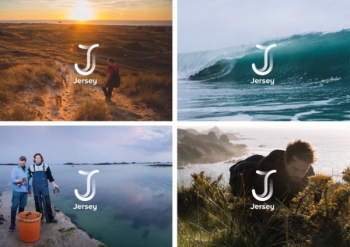
- “Out-of-date” destinations can be put back on the map with a new identity. The island of Jersey, between England and France, is a great example. Its previous identity was over a decade old, and rather unattractive compared to other go-to destinations nowadays. They replaced the golden bird icon and sans serif font with a fluid tide icon, a clean typeface, and hero photography. Through a mix of modern design elements, Jersey got a digital and physical makeover.
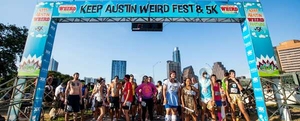
- A well-executed place branding strategy can also attract new business and result in a flourishing economy. Let's look at Austin, for example. It went from a sleepy city in Texas to the go-to destination for startups, foodies, and music, living up to the “Keep Austin Weird” slogan. Even Boulder, Colorado, formerly known as a weekend getaway from Denver, is now the place to start a new business, as it has six times more high-tech startups per capita than the country’s average.
Trends in Location Branding & Places that Do it Best
As more and more areas are investing in new identities, we spoke to our worldwide team of design experts to get the inside scoop on the latest trends in location branding, with some pretty cool examples of places that are nailing it.
1. Small-scale branding
Travelers (yes, we're thinking millennials) are increasingly looking on a smaller scale when it comes to destinations. So, for example, instead of New York City, they’re more interested in Brooklyn’s particular charm, or rather than Italy as a whole, it’s Tuscany’s hills and wineries that attract them.
People are more attracted to specific neighborhoods or areas, so your place branding should also focus on the smaller scale and create an area’s own identity. There’s nothing millennials love more than an authentic, strong vision, and a real, cliché-free image.
Rebranding a big city as a whole can be daunting, and rather inefficient, as it’s hard to capture so many distinct and unique neighborhoods under one single concept. One of the big cities that got this first and did an excellent job when it comes to small-scale place branding is London. Several of the city’s neighborhoods have their own identity and place branding, from King’s Cross and Covent Garden to Leicester’s Square and the London Bridge.
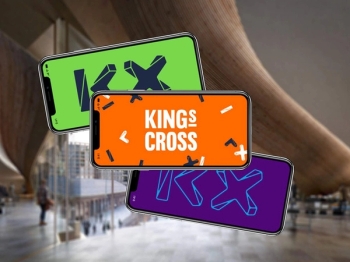
King’s Cross, one of London’s most lively districts has recently gotten a makeover, creating a unified image of the area’s local community, shops, and events. Their new branding is currently rolling out online and offline; it includes a bold all-caps sans-serif typeface from foundry, Colophon. The modern, edgy typeface monogram includes a superposition of blocks and letters, in an actual reinterpretation of its old lettering.
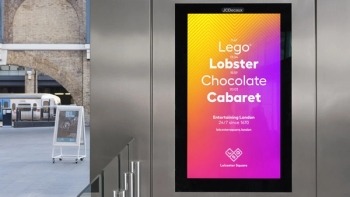
Designers who rebranded Leicester’s Square had a somewhat similar take in terms of vibrant colors and modern look, although the scope was to challenge Londoners’ perception of the area, which they often see as too touristy. Focusing on the lesser known stories of Leicester’s Square and capturing its authentic spirit was a winning approach. The result was a logo made of three boxes in neon lights, with the letters “LSQ” of Leicester’s Square, and shaped like the letter L, but at a different angle. It's a hip, current example of place branding that makes us want to take the next flight to London, eat lobster, and buy tickets to the next cabaret show in Leicester’s Square.
2. Make it about the people
Place branding should be about the people before anything else. It's the people that give your city its uniqueness, the visitors a feeling of belonging, and the locals a sense of community. People create a place’s history and give it life, so it makes perfect sense to make them the main characters when telling your city’s story. Millennials travel to immerse themselves in new cultures, meet locals, and live like them, so why not give them that? Focus on the people in your branding strategy and process, and you’ll score a big win.
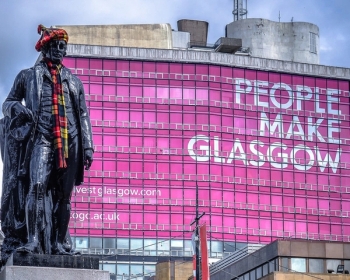
Glasgow’s place branding campaign is an excellent example. It was created by the people, for the people. After gathering ideas from over 1,500 people from 42 countries, they came up with a simple, but easily recognizable slogan – “People Make Glasgow.” Its versatility offered endless possibilities, so the slogan sprouted variations like “People Make Glasgow Creative” and “People Make Glasgow Home,” always keeping the message fresh, but creating a cohesive image specific to the city. With a simple white font on an electric pink background, their banners are bold and hard to miss.
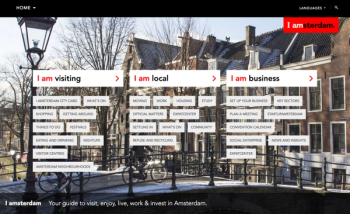
Amsterdam also made it about the people, with their “I Amsterdam” slogan that also metamorphized to fit different uses, becoming “I am local,” “I am visiting,” “I am business,” in the same font and colors that have become the city’s trademark. Taking the moniker from the digital world into the physical one was an excellent move. After all, we live in an Instagrammable world of stories, filters, and hashtags.
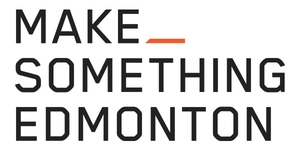
Just by hearing the slogan “Make something Edmonton” you know it’s personal. They went for an inspiring and original message that speaks to locals and investors alike. They wanted to invite people to share ideas and projects to make the city a better place to live.
3. Create your own unique design elements
Place branding is about creating a unique identity for your location, whether it is a city, a country, or a state. One-of-a-kind design elements can become your place’s staple, a local identifier that people can take pride in. It might not be Game of Thrones' house sigils cool (nerd alert!), but it’s pretty close.
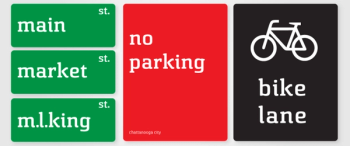
Chattanooga took branding seriously and came up with unique, iconic visuals. They developed their own custom font that became the staple of the city, and can easily be shared and incorporated in different campaigns. It shows consistency and pride that stands out without overdoing it. Chattanooga’s Chatype may one day even become as famous as London’s Gill Sans.
Look at it as a great opportunity to involve local artists, who have the not only the skills, but also the knowledge and understanding of the city to create relevant, compelling visuals.
4. Keep the old, bring in the new
Or was it “out with the old, in with the new?” When it comes to place branding, the old and new make a great pair and look good together, if balanced and blended by a seasoned designer’s eye.
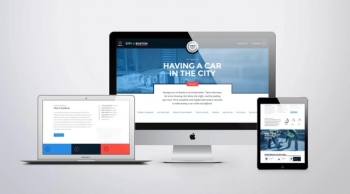
You don’t need to reinvent the wheel every single time. Look at the case of Boston. Even though they didn’t come up with a revolutionary branding concept, they created a correct and well-executed one. Their logo, although modern looking, kept the old city’s seal, staying true to its history and heritage.
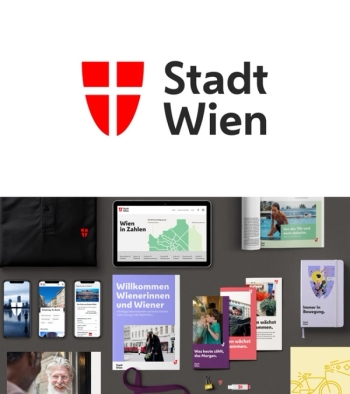
Vienna, Austria’s capital and the world’s most livable city according to a 2018 global survey, also has a new identity. The purpose of their city rebranding was to bring the government and public services, under the same umbrella, and create a unified image that has “humans at its heart.” Their previous logo spelled “Stadt Wien” in a variety of typefaces and font styles. The new logo brings a more cohesive look, as the city’s name is now spelled in a bespoke sans serif typeface, along with an updated version of the Austrian coat of arms. Their new logo is now being used across all the city’s communications, both online and offline. A clever way to blend the old and the new!
Think of the elements that make up your city’ history and their significance, then look for ways to bring them into the present time by giving them a facelift that doesn't take away from their value.
5. The big disruptors
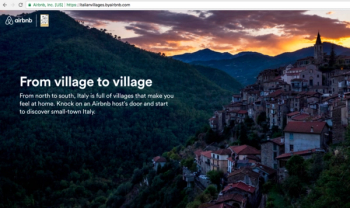
Have you ever heard of Grottole? We haven’t either until Airbnb launched a project called the Italian Sabbatical. Participants got to live the Italian dream for three months, as they stayed in a southern Italian village, experienced small-town life to the fullest, and helped Grottole’s 300 inhabitants revive their long-forgotten corner of the world. Pretty cool, right?
It’s not the only example, and it’s not just millennials that are changing the way we live and travel. There are also a variety of emerging and well-established startups disrupting the travel industry. Travelers are booking more and more through platforms like Airbnb or HomeAway as they’re looking for local experiences, glamping, remote accommodations, or cheap alternatives. They’re ditching the train and taking an Uber to the airport. Paper maps are out, mobile apps are in. Augmented reality, chatbots, and AI have recently joined the list too. You get the point. It’s really important to make the most out of these channels and find a way to incorporate the ones that work for you and your branding strategy. Instead of looking at technology as the “monster” that’s changing the ways things used to work, look at it as the change you actually need to reinvent your city.
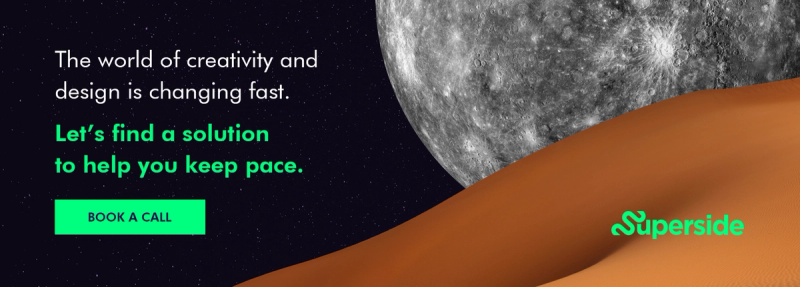
Who Should Do Your Place Branding?
Now that you’ve seen the amazing things an inspired branding campaign can do for you, you need to find the right team for the job. Is it a big agency kind of job? Or is a local team better suited? The answer is more complex than a simple yes or no and depends on the purpose of the branding project. If you’re looking to make it about the people or focus on the community, it might be best to go with a local team. If you want a local agency experience that gives you access to global design experts at the same time, we’re the answer for you.
And, remember - at the end of the day, people want relationships, stories, and magic. That's what they'll be looking for in their next vacation destination, home, or adventure. And that’s where your place branding should start.
Built to be an extension of in-house teams, we deliver fast, scalable, world-class design and creative solutions to over 450 globally renowned companies such as Amazon, Meta, Notion and Google. Connect with us on LinkedIn.
You may also like these
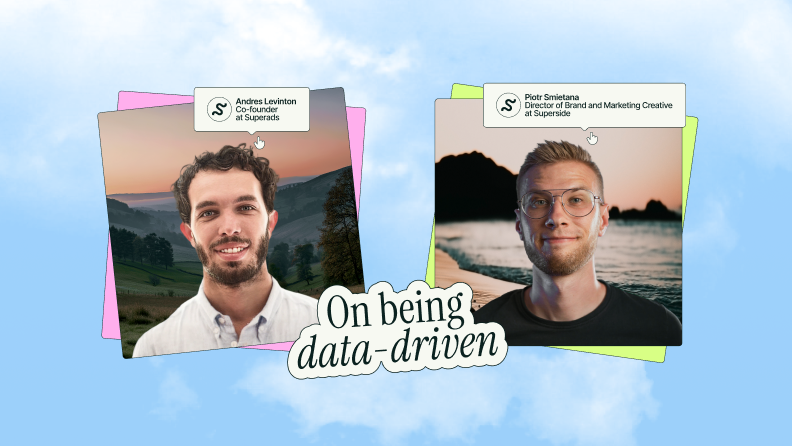
More than a feeling: Inside a marketing-creative duo's data-driven mindset
Great campaigns don’t just look good—they perform. But getting creative to yield real business results requires more than just good instincts or a clever tagline.In today’s landscape, where every impression counts and attention is scarce, you need strategy. You need insight. And most importantly, you need alignment between the creative and the data.In other words, being data-driven is essential. For Andres Levinton, Co-founder at Superads, and Piotr Smietana, Director of Brand and Marketing Creative at Superside, this doesn’t mean choosing data over creativity—it means using both, intentionally. Levinton and Smietana dug into what that looks like in our latest guide, Inside Great Creative Partnerships, including: Why dashboards aren't everything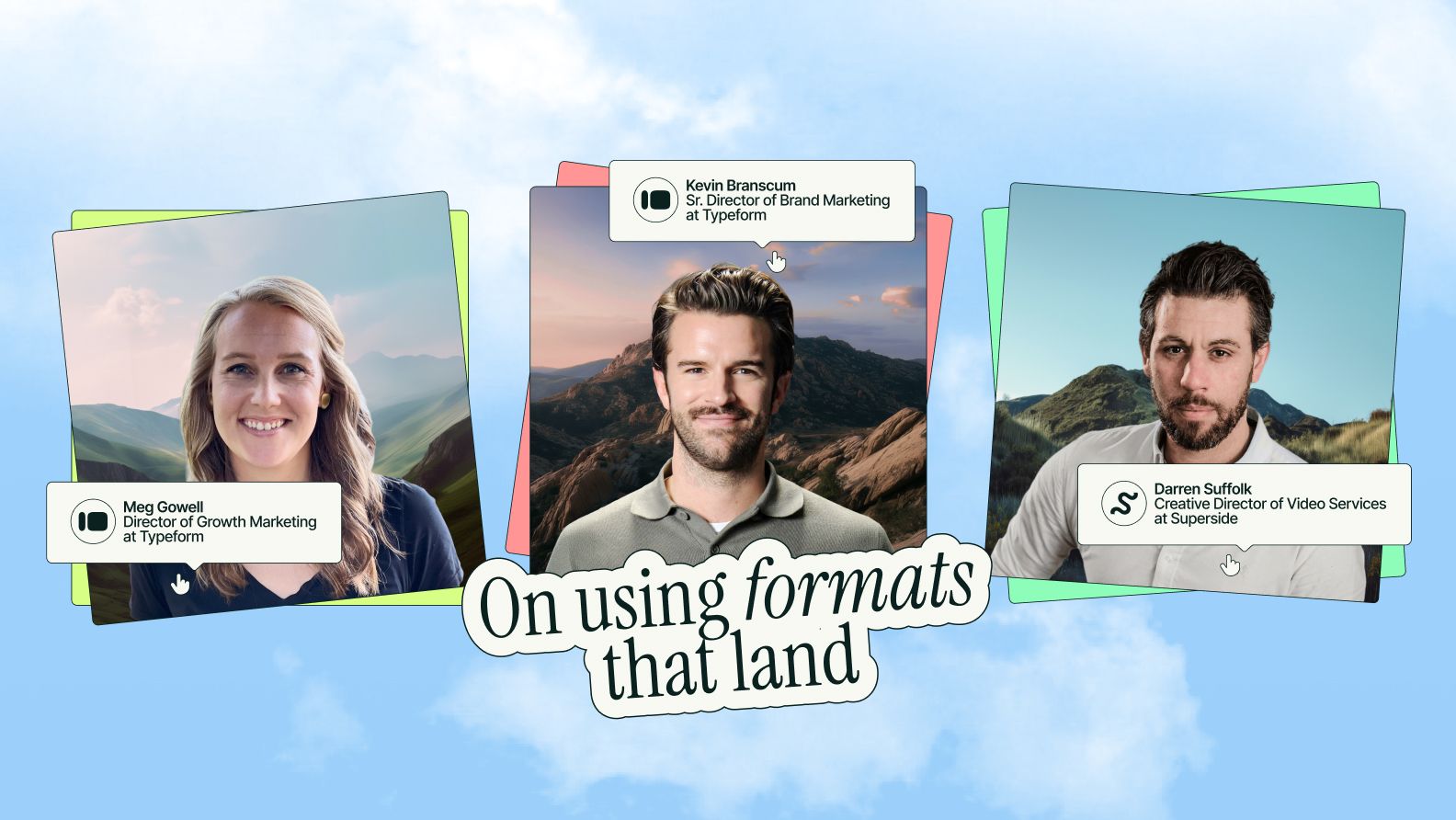
Formats that land: Inside a growth and brand team's recipe for results
There’s no singular formula for breakthrough creative.But if there’s a throughline, it’s this: The formats you choose matter as much as the message you’re trying to send. In an era where attention is currency, getting the right mix of video, visuals and content isn’t just a nice-to-have—it’s a growth imperative.To unpack what that mix looks like, we talked to Meg Gowell and Kevin Branscum, from Typeform’s growth and brand teams, and Darren Suffolk, from Superside’s video team for our latest guide: Inside Great Creative Partnerships. Bringing together both the creative and marketing perspectives, they shared: What success looks like across teamsWhy video (still) wins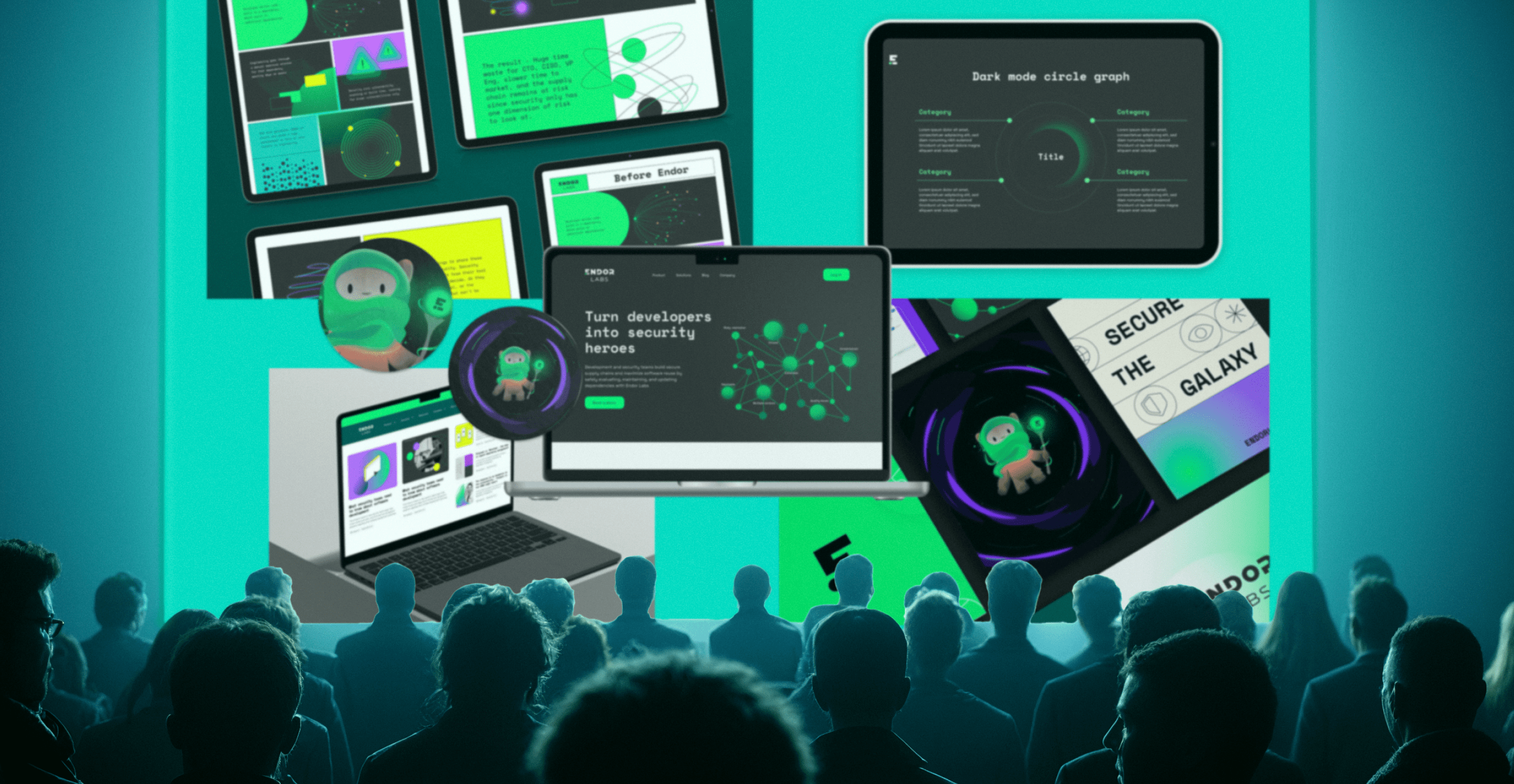
10 digital design agencies that deliver enterprise-ready work
We live in a digital-first world where exceptional digital design is pivotal to marketing success. Design shapes how people connect with your brand. Every screen, scroll and click is a growth opportunity.In 2025, the global graphic design services market is valued at USD 55.1 billion and is projected to reach USD 81.3 billion by 2030. The digital design segment, which includes everything from web and app to landing page and social design, is rapidly expanding as our reliance on digital platforms and mobile devices intensifies.This growth highlights the demand for persuasive digital design. It also reveals the extent of noise and fragmentation in the online marketing space. It’s no wonder brands struggle to keep pace and stand out.Do you already juggle too much? A trusted digital marketing partner can take the creative load off your plate.The dilemma is not so much whether to enlist the help of enterprise design services, but which agency or service provider to hire. In this article, we shortlist 10 top digital design agencies and delve into the key criteria that make them an ideal fit for enterprise brands, with insights from our very own Helene Botha, Group Creative Director at Superside.